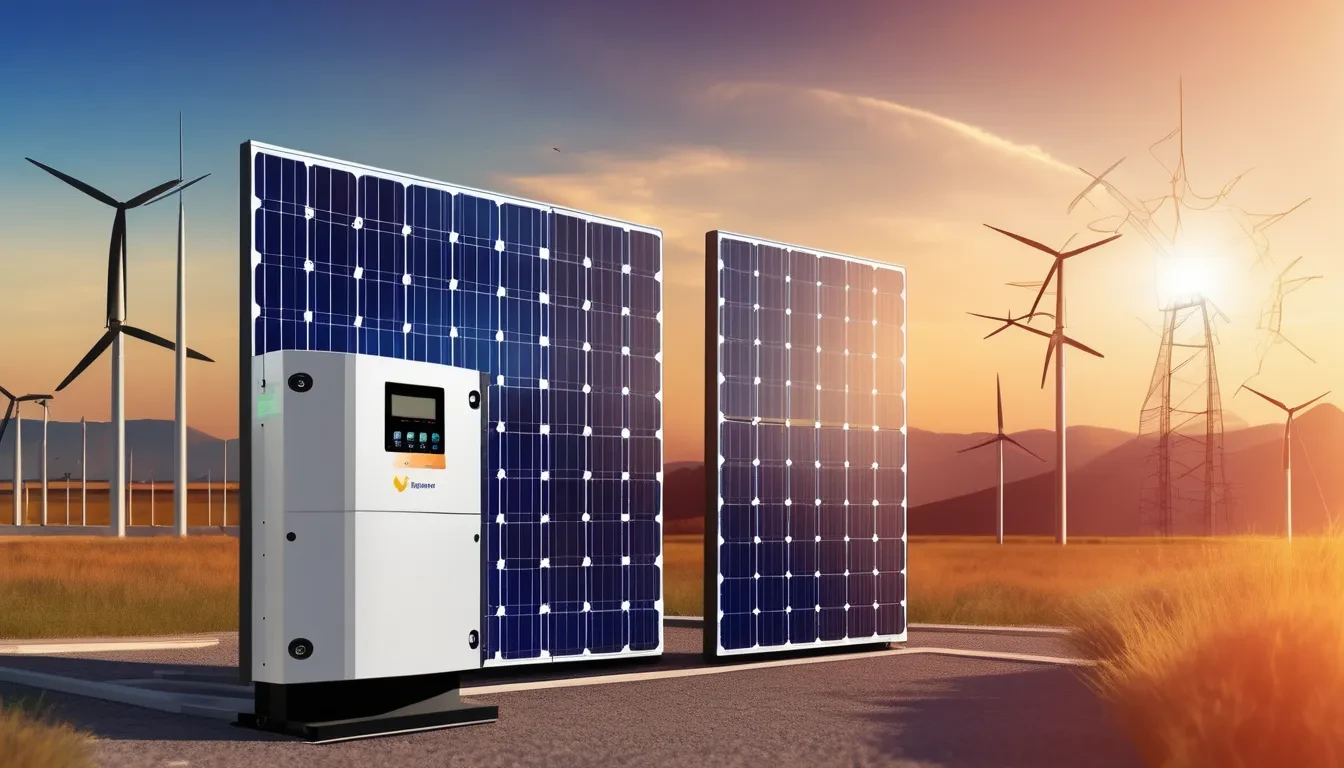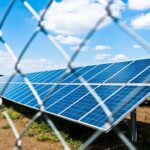When it comes to installing a solar power system, one of the most important components is the solar inverter. The cost of a solar inverter can vary widely depending on several factors, including the type of inverter, its size, and the brand. In this blog, we’ll explore the cost of solar inverters, including the average cost and the factors that affect it. We’ll also discuss the benefits of investing in a high-quality solar inverter and how it can save you money in the long run.
What is the Average Cost of a Solar Inverter?
The average cost of a solar inverter can range from $500 to $5,000 or more, depending on the type and size of the inverter. Here are some approximate price ranges for different types of solar inverters:
- String Inverters: $500 to $2,000
- Microinverters: $1,000 to $3,000
- Power Optimizers: $1,500 to $4,000
- Hybrid Inverters: $2,000 to $5,000
Steps to Calculate Costing of Solar Inverter
Step 1: Determine Your Power Requirements
Before calculating the cost of a solar inverter, you need to determine your power requirements. Consider the following factors:
- The size of your solar panel system (measured in watts or kilowatts)
- The number of appliances and devices you want to power
- Your energy usage patterns (e.g., peak sun hours, energy storage needs)
Step 2: Choose the Type of Inverter
Solar inverters come in different types, each with its own cost implications:
- String Inverters: These are the most common type, suitable for most residential and commercial applications. Cost: $0.10-$0.30 per watt
- Microinverters: These are used for smaller systems or where panel-level monitoring is required. Cost: $0.20-$0.50 per watt
- Power Optimizers: These are used for larger systems or where panel-level monitoring is required. Cost: $0.15-$0.40 per watt
Step 3: Calculate the Inverter Size
To calculate the inverter size, you’ll need to consider the following:
- The total wattage of your solar panel system
- The maximum power point tracking (MPPT) efficiency of the inverter
- The system’s voltage and current requirements
A general rule of thumb is to oversize the inverter by 10-20% to account for inefficiencies and future expansions.
Step 4: Consider Additional Features and Certifications
Some inverters come with additional features that may impact the cost:
- Monitoring and tracking: Some inverters come with built-in monitoring and tracking capabilities, which can add $100-$500 to the cost.
- Grid tie functionality: Inverters with grid tie functionality can add $100-$300 to the cost.
- Certifications: Inverters with specific certifications, such as UL 1741 or IEC 61727, may be more expensive than those without.
Step 5: Calculate the Total Cost
Once you’ve determined the type, size, and features of your inverter, you can calculate the total cost:
- Inverter cost: Multiply the inverter size (in watts) by the cost per watt (from Step 2)
- Additional feature costs: Add the costs of any additional features or certifications (from Step 4)
- Installation and labor costs: Add the costs of installation and labor, which can range from $500 to $2,000 or more, depending on the complexity of the installation.
Factors that Affect the Cost of a Solar Inverter
Several factors can affect the cost of a solar inverter, including:
- Type of Inverter: Different types of solar inverters have different price ranges. For example, string inverters are generally less expensive than microinverters, while hybrid inverters are more expensive than string inverters. The type of inverter you choose will depend on your specific needs and budget.
- Size of the Inverter: Larger inverters cost more than smaller ones. This is because larger inverters are designed to handle more power and are typically used in larger solar power systems. The size of the inverter you need will depend on the size of your solar panel array and the amount of power you need to generate.
- Brand: Different brands have different price ranges. Some brands are more expensive than others due to their reputation, quality, and features. For example, some brands offer more advanced features such as Wi-Fi connectivity and remote monitoring, which can increase the cost.
- Efficiency: High-efficiency inverters cost more than low-efficiency ones. High-efficiency inverters are designed to convert more DC power to AC power, which means they can generate more electricity from the same amount of sunlight. This can save you money in the long run by reducing your energy bills.
- Warranty: Inverters with longer warranties cost more than those with shorter warranties. A longer warranty provides peace of mind and protection against defects and malfunctions.
Cost to Replace Solar Inverter
Replacing a solar inverter can be a significant expense, but it’s essential to do so when the existing inverter reaches the end of its lifespan or becomes faulty. The cost to replace a solar inverter can vary widely, depending on the type and size of the new inverter, as well as the complexity of the replacement process.
On average, the cost of a new solar inverter can range from $500 to $2,000 or more, depending on the specifications. Additionally, labor costs for the replacement can add another $500 to $1,000 to the total bill.
Benefits of Investing in a High-Quality Solar Inverter
Installing a high-quality solar inverter can save you money in the long run. Here are some benefits of investing in a high-quality solar inverter:
- Increased Efficiency: High-quality inverters are more efficient than low-quality ones, which means they can convert more DC power to AC power. This can save you money by generating more electricity from the same amount of sunlight.
- Longer Lifespan: High-quality inverters have a longer lifespan than low-quality ones, which means they can last longer and require less maintenance. This can save you money by reducing the need for repairs and replacements.
- Better Performance: High-quality inverters perform better than low-quality ones, which means they can handle more power and provide a smoother output. This can save you money by reducing the risk of power outages and electrical shocks.
- Warranty and Support: High-quality inverters usually come with a longer warranty and better support than low-quality ones. This can save you money by providing peace of mind and protection against defects and malfunctions.
Conclusion
The cost of a solar inverter can vary widely, but investing in a high-quality inverter can save you money in the long run. By understanding the factors that affect the cost of a solar inverter and the benefits of investing in a high-quality inverter, you can make an informed decision when choosing a solar inverter for your solar power system.







